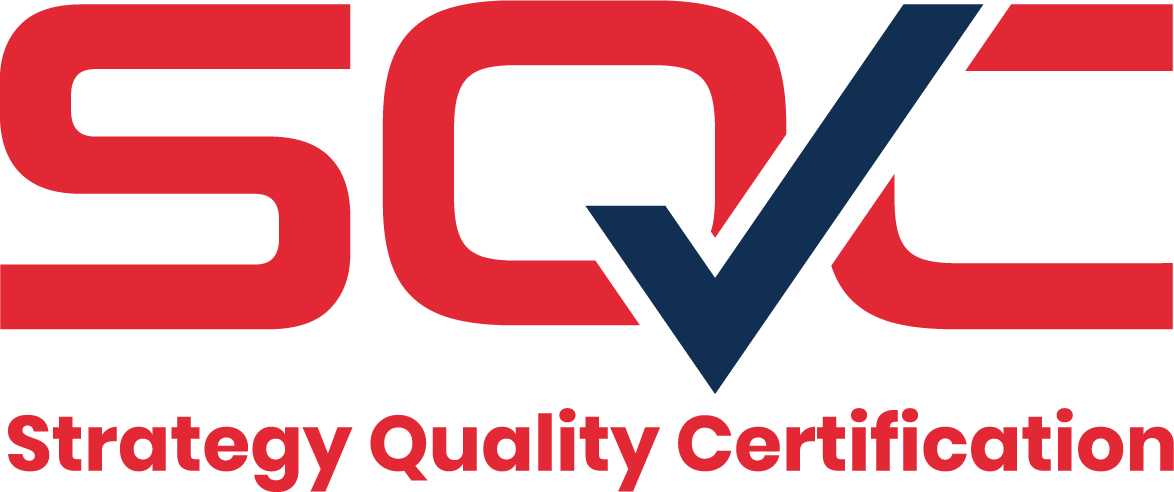Food Safety Management System (ISO 22000)
ISO 22000 is an international standard suitable for the entire food chain business, including related industries such as equipment manufacturing, packaging materials, detergents, additives, and raw materials. ISO 22000 integrates and complements key elements of ISO 9001 and HACCP, providing an effective framework for the development, implementation, and continual improvement of a Food Safety Management System (FSMS).
With the full revision of ISO 22000 in June 2018, existing ISO 22000:2005 certificates expired on June 1, 2021. Existing ISO 22000:2005 clients were required to complete the transition to ISO 22000:2018 before the expiration date, and all new or renewal certifications from June 2020 onward must be based on ISO 22000:2018.
The necessity of a Food Safety Management System
While the HACCP certification system in the food industry has recently been operated differently by each country and is often enforced through government-led approaches, ISO 22000 is a voluntary, customer-focused certification led by the private sector. It allows for the establishment and operation of a food safety management system with autonomy. Defined by the International Organization for Standardization, ISO 22000 is increasingly required as an essential international certification to ensure customer satisfaction in the food industry.
Effects of a Food Safety Management System
- Establishment of a Food Safety Management System
- Facilitates quality control
- Builds trust by ensuring compliance with relevant legal regulations
- Customer satisfaction
- Promotional effect
- A means of entry to overcome trade barriers
Components of a Food Safety Management System (ISO 22000:2018)
| Requirement number | Title | |
|---|---|---|
| 4. Context of the Organization | 4.1 | Understanding the organization and its context |
| 4.2 | Understanding the needs and expectations of interested parties | |
| 4.3 | Determination of the scope of the Food Safety Management System | |
| 4.4 | Food Safety Management System | |
| 5. Leadership | 5.1 | Leadership and commitment |
| 5.2 | Policy | |
| 5.3 | Organizational roles, responsibilities, and authorities | |
| 6. Planning | 6.1 | Actions to address risks and opportunities |
| 6.2 | Objectives of the Food Safety Management System and planning to achieve them | |
| 6.3 | Planning of changes | |
| 7. Support | 7.1 | Resources |
| 7.2 | Competence | |
| 7.3 | Awareness | |
| 7.4 | Communication | |
| 7.5 | Documented information | |
| 8. Operation | 8.1 | Operational planning and control |
| 8.2 | Prerequisite Programs (PRPs) | |
| 8.3 | Traceability system | |
| 8.4 | Emergency preparedness and response | |
| 8.5 | Hazard control | |
| 8.6 | Updating information that defines PRPs and hazard control plans | |
| 8.7 | Control of monitoring and measuring | |
| 8.8 | Verification related to PRPs and hazard control plans | |
| 8.9 | Control of product and process nonconformities | |
| 9. Performance Evaluation | 9.1 | Monitoring, measurement, analysis, and evaluation |
| 9.2 | Internal audit | |
| 9.3 | Management review | |
| 10. Improvement | 10.1 | Nonconformity and corrective action |
| 10.2 | Continual improvement | |
| 10.3 | Updating the Food Safety Management System | |
